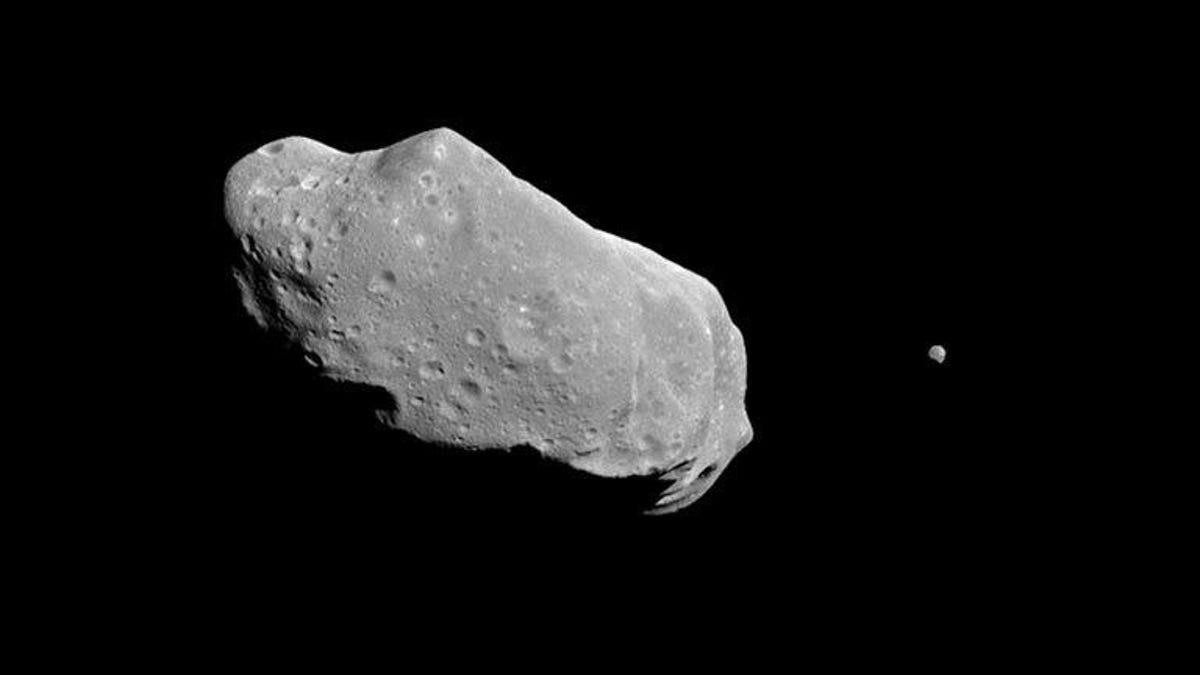Asteroid sneaks past satellites in one of the closest flybys on record
No one saw it coming until it was right on top of us. More like above us, actually.

An illustration of an asteroid in space.
A previously unseen asteroid the size of a truck flew about 4,350 miles (7,000 kilometers) over the Pacific Ocean on Monday, making it one of the closest passes by our planet on record.
Astronomers had no notice of asteroid 2020 JJ's existence, as it was discovered using the Mt. Lemmon Survey in Arizona right around the time it reached its closest point to us.
NASA keeps an online database of close approaches by asteroids and other "near-Earth objects" going back to 1900, and 2020 JJ comes in as the sixth closest approach ever recorded. It should be noted that the top 10 close approaches have all come since 2004. This isn't because asteroids started attacking us in the 21st century. Rather, it says something about how astronomers and their technology are becoming better at spotting ever-smaller and closer asteroids.
Asteroid 2020 JJ is estimated to be between nine and 20 feet (2.7 to 6 meters) across, making it a pretty puny little hunk of space junk. Consider that asteroid 1998 OR2, which made headlines recently for its close pass (not nearly as close as 2020 JJ), is a mile across.
Had 2020 JJ actually struck Earth, most of it probably would have burned up in the atmosphere. In other words, this space rock wasn't any sort of existential threat, but it did fly closer than many of the satellites orbiting our planet and could have potentially struck one, creating a big mess.
Close asteroid passes like this aren't really anything worth worrying about, but it's always worth keeping an eye on what's going on near our planet. You can catch some interesting sights by watching the sky this week, like the Eta Aquarid meteor shower and the last supermoon of the year.

